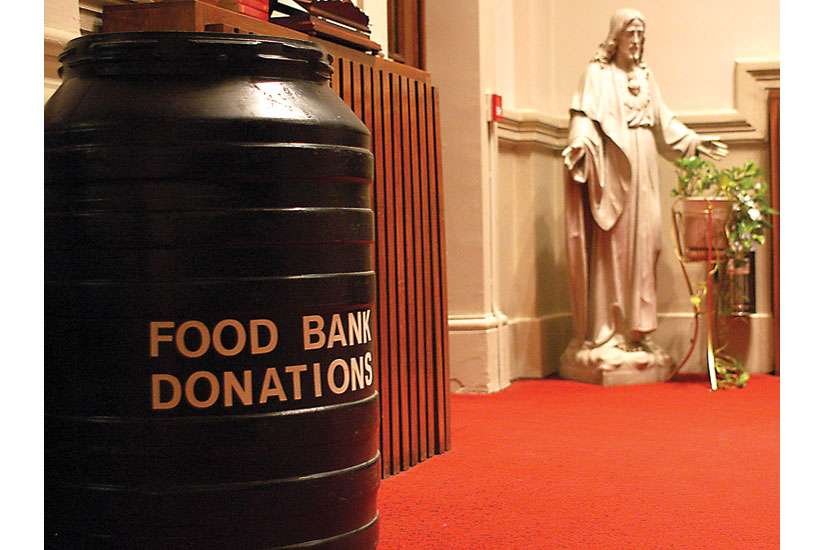Soup kitchens, homeless shelters, school breakfast programs, etc. served 4,308,140 meals and snacks to Canadians that same month.
Over the course of 2014 Canadians will have made more than 14 million visits to food banks. This year 1.8 million unique individuals will pick up their groceries at a food bank.
At no point over the last 15 years has the annual March survey of food bank use by Food Banks Canada come up with a number less than 700,000 for the month.
Six years since our last stock market crash and the recession that followed, food bank use in Canada remains 25-per-cent higher than it was in 2008. Despite the recovery and Ottawa’s boast of balanced books and tax cuts, 2014 food bank use increased another one per cent over 2013. Canada is on track for better than three-per-cent growth in gross domestic product in 2014, but it is also still adding to the line-up at the nation’s food banks.
A Nov. 4 report by epidemiologists, economists, geographers and other academic experts contributing to PROOF, a major project of the Canadian Institutes of Health Research, discovered about four million Canadians, including 1.15 million children, spent at least part of 2012 classed in “food insecure” households. That’s 13 per cent of Canadian households.
Included in that 13 per cent are 2.6 per cent of Canadian households that are severely food insecure — more than 320,000 individuals or families who regularly miss meals, who go to bed hungry, whose health is compromised because they can’t get enough food.
Many, if not most Canadians, find these numbers mystifying. Plenty of Canadians don’t know anyone who can’t afford three squares a day. Even if everybody’s suddenly talking about food inflation. Statistics Canada reports food prices are increasing at an annual rate of 2.8 per cent — worrying, but not that bad.
Food insecurity is not evenly distributed across the country. Scientists contributing to the PROOF project found 45.2 per cent of households in Nunavut are food insecure.
Visible minorities, refugees, aboriginal Canadians, seniors, the disabled are all over-represented in the food bank line, according to the annual Food Banks Canada survey. Welfare doesn’t give people enough money to eat and pay rent. Therefore, 48 per cent of households that rely on food banks are on provincial social assistance and 18 per cent live primarily off their disability cheques.
But work won’t necessarily get you back in the grocery store, either. Twelve per cent of the people helped by food banks this year are working.

